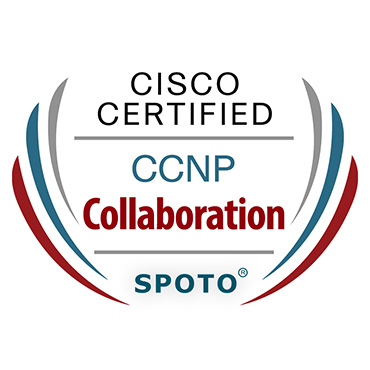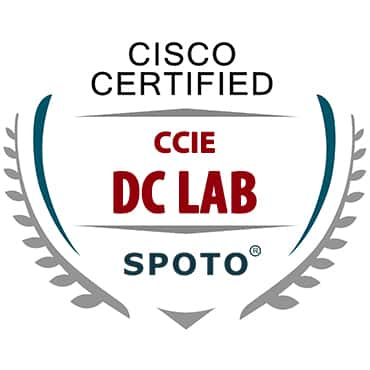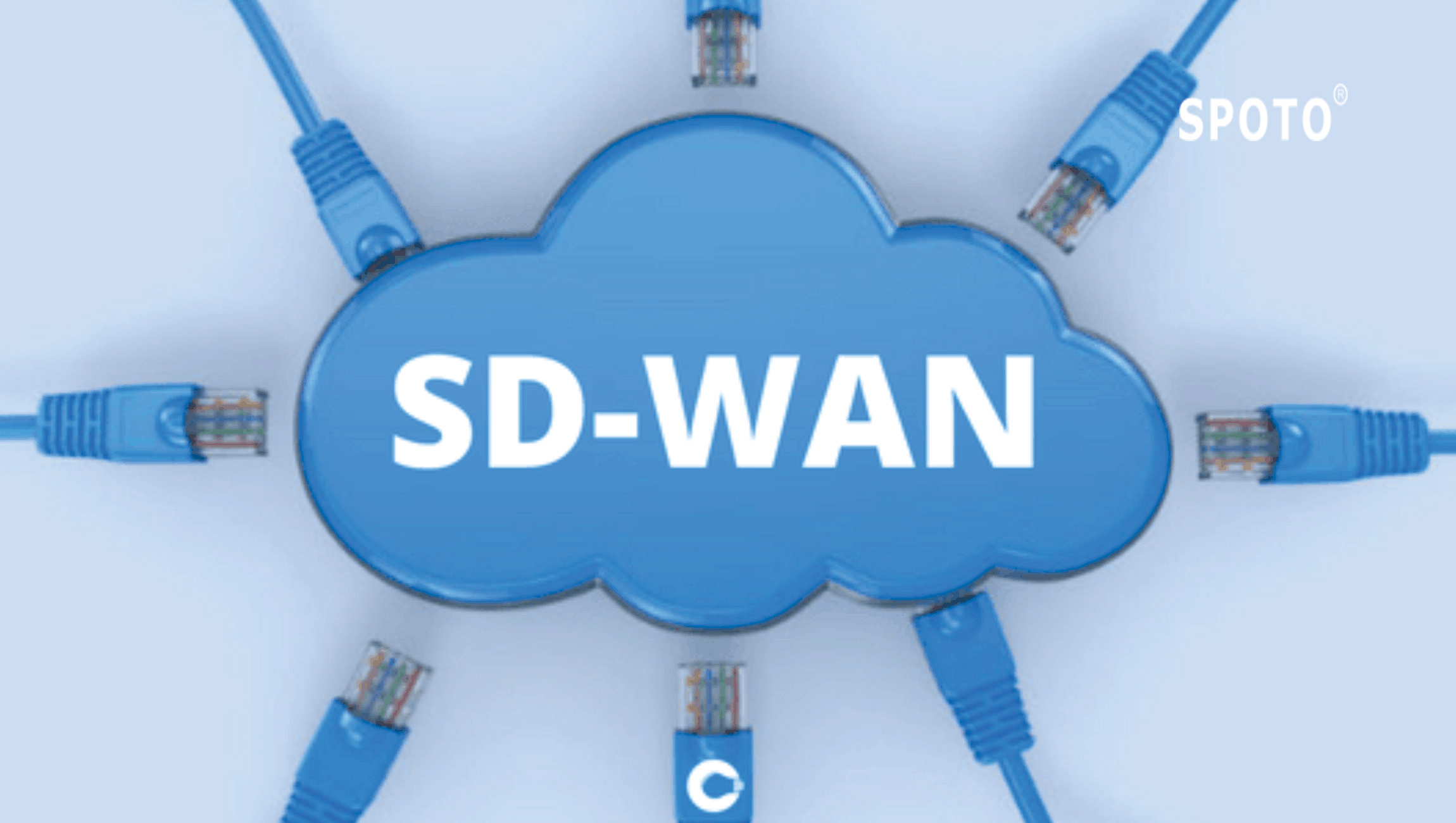SD-WAN is a trendy new technology in the current network, and many distributed organizations have adopted or are about to take SD-WAN solutions.
SD-WAN is attractive because it combines multiple physical WAN links into a logical network and provides traffic priority to accelerate the performance of applications deployed in internal data centers and the cloud.
Using network abstraction, SD-WAN uses inexpensive circuits (such as the Internet) to meet the ever-increasing bandwidth requirements, thereby improving the economy of branch office connections. SD-WAN is an overlay technology that maps new services (application priority, security, management) onto existing physical networks.
Next, let us know about the ten characteristics of SD-WAN applications:
save money
The economics of SD-WAN is about the cost and efficiency of avoiding expensive WAN links. As WAN data grows by an average of 20% per year, most organizations need more bandwidth to achieve high-speed communication with remote offices.
SD-WAN can be combined with or replace expensive MPLS connections to safely deploy Internet links DSL, cable, Ethernet, wireless and other Internet links. On average, these Internet connections provide 2 to 5 times the bandwidth of similar MPLS connections, which directly contributes to the return on investment of SD-WAN equipment.
improve reliability
SD-WAN enables traffic to flow through two or more independent WAN links. Therefore, IT organizations can expand their WAN connections by signing up with more than one communications service provider to ensure a more reliable connection with remote offices.
This can be a combination of traditional MPLS providers, cable companies, and wireless companies. The intelligent function of SD-WAN can monitor links and route traffic through the most effective links according to preset policies.
Utilizing an enterprise wireless phone contract that usually contains a large pool of voice and data minutes is a good way to provide low-cost WAN backup for SD-WAN controlled remote offices with 4G LTE bandwidth.
traffic identification and priority
Most enterprises are rapidly moving away from the hub-and-spoke WAN connection that sends all traffic back to the central data center. They are moving toward direct point-to-point connections between remote offices and the fastest cloud or SaaS applications.
SD-WAN enables IT organizations to set priorities for applications and user-driven policies regarding security. SD-WAN identifies the types of traffic to and from branches and routes them directly to the right data center.
plug and play
Most SD-WAN solutions are straightforward to deploy in remote offices. SD-WAN hardware devices are usually shipped to the office, plugged into AC power and WAN connections, and then configured remotely by IT, channel partners, or service providers.
All products have a learning curve in setting traffic priorities, security policies, and orchestration practices. SD-WAN solutions should be easy to integrate with existing network equipment and network security products in branch offices, but this may also require some work.
SD-WAN products are not interoperable
The SD-WAN solution utilizes proprietary code to provide intelligent coverage to achieve hybrid WAN, traffic priority, security, management, etc.
IT organizations should choose the SD-WAN solution that best suits their requirements in the short term, and use pairs of remote and central SD-WAN equipment from the same supplier.
Organizations can run pairs of SD-WAN equipment from multiple vendors in different parts of their networks, but remember that this means learning to manage each vendor ‘s unique SD-WAN product.
SD-WAN supports multi-cloud
Most IT organizations mix internal data centers, applications in public clouds, and users accessing SaaS applications. The SD-WAN solution can identify and route cloud-based traffic.
SD-WAN vendors have partnered with leading IaaS providers to speed up traffic to and from local service points. The SD-WAN solution can identify the IP addresses of most leading SaaS providers and can route traffic accordingly.
internal security and partnership
The SD-WAN solution can protect weak Internet links and identify abnormal traffic. Each SD-WAN provider has a unique method to provide VPN, firewall, whitelist, blacklist, encryption, etc.
Other functions may include content filtering, endpoint management, and policy enforcement. SD-WAN solutions need to interoperate with existing network security products (such as next-generation firewalls), and most SD-WAN providers provide a strong network security partner ecosystem whose products have been integrated with their products.
management, automation and network orchestration (MANO)
For most SD-WAN solutions, the intelligence for management, orchestration, and automation is located in a central data center or cloud. Management, automation, and network orchestration (MANO) consoles for centralized IT operators should be highly automated, but this usually involves some learning process.
Integrating SD-WAN MANO into existing network and application management systems can also be a challenge, which is necessary for fully automated application performance management.
self-management or hosting services
IT organizations can purchase solutions directly from SD-WAN technology providers, or they can purchase managed SD-WAN services from service providers.
Most organizations will benefit from experienced channel partners to integrate SD-WAN into a network that includes routers, Wi-Fi, and network security equipment. Other organizations outsource SD-WAN solutions and WAN connections to managed services.
On the road of SD branch
The software-defined branch (SD-Branch) utilizes the concept of SDN and network virtualization to package all the most popular network requirements into a unified platform-based software-based solution.
Its features include SD-WAN, routing, network security, and networking, Ethernet, and Wi-Fi. Many SD-WAN solutions provide the option to expand their capabilities internally or through partners to meet SD-Branch requirements.
Therefore, IT organizations can quickly deploy and configure network branch plug-and-play solutions. This feature may be ideal for IT organizations with new sites, branch offices that are moving, or branch office refreshes.
The software-defined branch (SD-Branch) utilizes the concept of SDN and network virtualization to package all the most popular network requirements into a unified platform-based software-based solution.
Its features include SD-WAN, routing, network security, and networking, Ethernet, and Wi-Fi. Many SD-WAN solutions provide the option to expand their capabilities internally or through partners to meet SD-Branch requirements.
Therefore, IT organizations can quickly deploy and configure network branch plug-and-play solutions. This feature may be ideal for IT organizations with new sites, branch offices that are moving, or branch office refreshes.
About SPOTO
SPOTO, founded in 2003, concentrates on IT Certification training, included Cisco exam, PMP exam AWS exam, CISSP exam, RedHat Linux exam, and other IT exams. Over 17 years, SPOTO helped tens of thousands of candidates achieve their Cisco CCNA, CCNP, CCIE, PMP, CISSP, AWS certification, conveying numerous IT employees to Fortune 500 companies.












Comments